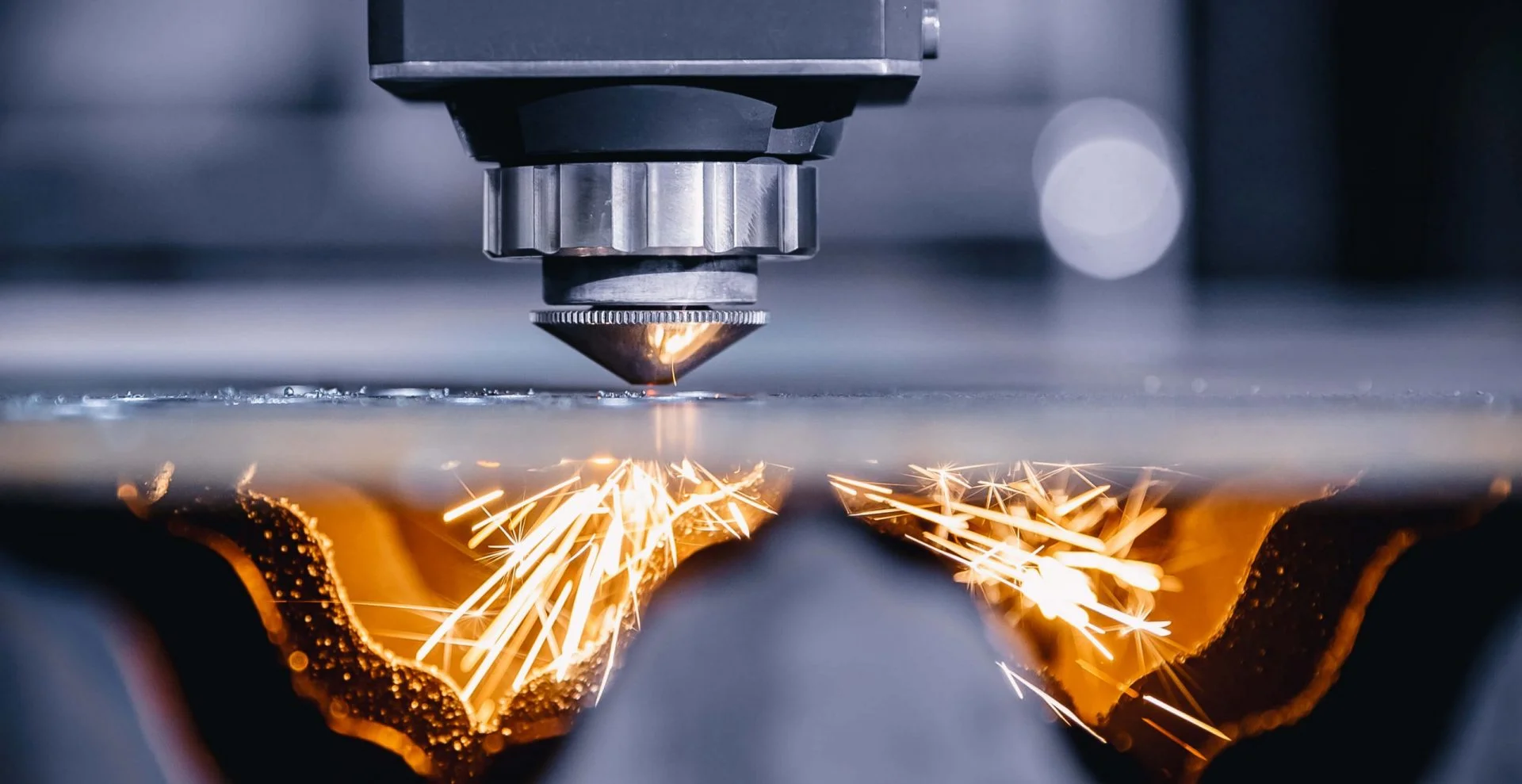In the realm of manufacturing and industry, Sheet Cutting Machines have played a pivotal role in shaping materials with precision and efficiency. From textiles to metals, the evolution of sheet cutting machines has been marked by innovation, technological advancements, and the pursuit of greater accuracy. In this blog post, we’ll embark on a journey through time to explore the fascinating history of sheet cutting machines.
Early Hand Tools
The origins of sheet cutting can be traced back to ancient times when hand tools were used for basic cutting tasks. Craftsmen employed tools such as shears, knives, and saws to manually cut sheets of materials like cloth, leather, and metal. While effective, these methods were labor-intensive and lacked the precision we take for granted today.
Industrial Revolution
The Industrial Revolution marked a significant turning point in the history of manufacturing. As demand for efficiency and output increased, manual methods gave way to the advent of powered cutting machines. Early industrial sheet cutting machines were often powered by steam engines, providing a more reliable and faster means of cutting materials.
The Rise of Mechanical Punching and Shearing Machines
In the late 19th and early 20th centuries, mechanical punching and shearing machines emerged as key players in sheet cutting. These machines utilized mechanical power to punch holes or shear sheets of metal, streamlining processes in industries such as shipbuilding, construction, and manufacturing.
Introduction of Hydraulic Systems
The mid-20th century saw the integration of hydraulic systems into sheet cutting machines, allowing for greater control and force in the cutting process. Hydraulic shearing machines became widely adopted for their ability to handle a variety of materials with increased precision.
Numerical Control (NC) Technology
The 1950s and 1960s witnessed a revolutionary shift with the introduction of Numerical Control (NC) technology. This innovation allowed for the automation of machine movements through programmed instructions. NC sheet cutting machines marked a significant leap forward in terms of accuracy, repeatability, and the ability to produce complex shapes.
Computer Numerical Control (CNC) Machines
The advent of Computer Numerical Control (CNC) technology in the late 20th century transformed sheet cutting machines once again. CNC machines replaced mechanical controls with computerized systems, enabling precise control over cutting parameters. This technological leap greatly expanded the capabilities of sheet cutting machines and paved the way for high-speed, high-precision cutting.
Laser Cutting Technology
In recent decades, the integration of laser cutting technology has revolutionized sheet cutting processes. Laser cutting machines use a concentrated beam of light to cut through materials with remarkable precision. This method is highly versatile, allowing for intricate designs and the cutting of a wide range of materials, including metals, plastics, and composites.
Waterjet Cutting
Another innovative addition to the sheet cutting repertoire is waterjet cutting. This process involves using a high-pressure stream of water mixed with abrasive particles to cut through materials. Waterjet cutting is known for its versatility, as it can handle heat-sensitive materials and intricate designs without causing thermal damage.
Conclusion
The history of sheet cutting machines is a testament to human ingenuity and the relentless pursuit of efficiency in manufacturing. From humble hand tools to the precision of laser cutting and waterjet technology, the evolution of sheet cutting machines has been a dynamic journey. As technology continues to advance, we can anticipate further innovations that will shape the future of sheet cutting, offering even greater precision and capabilities in diverse industries.



